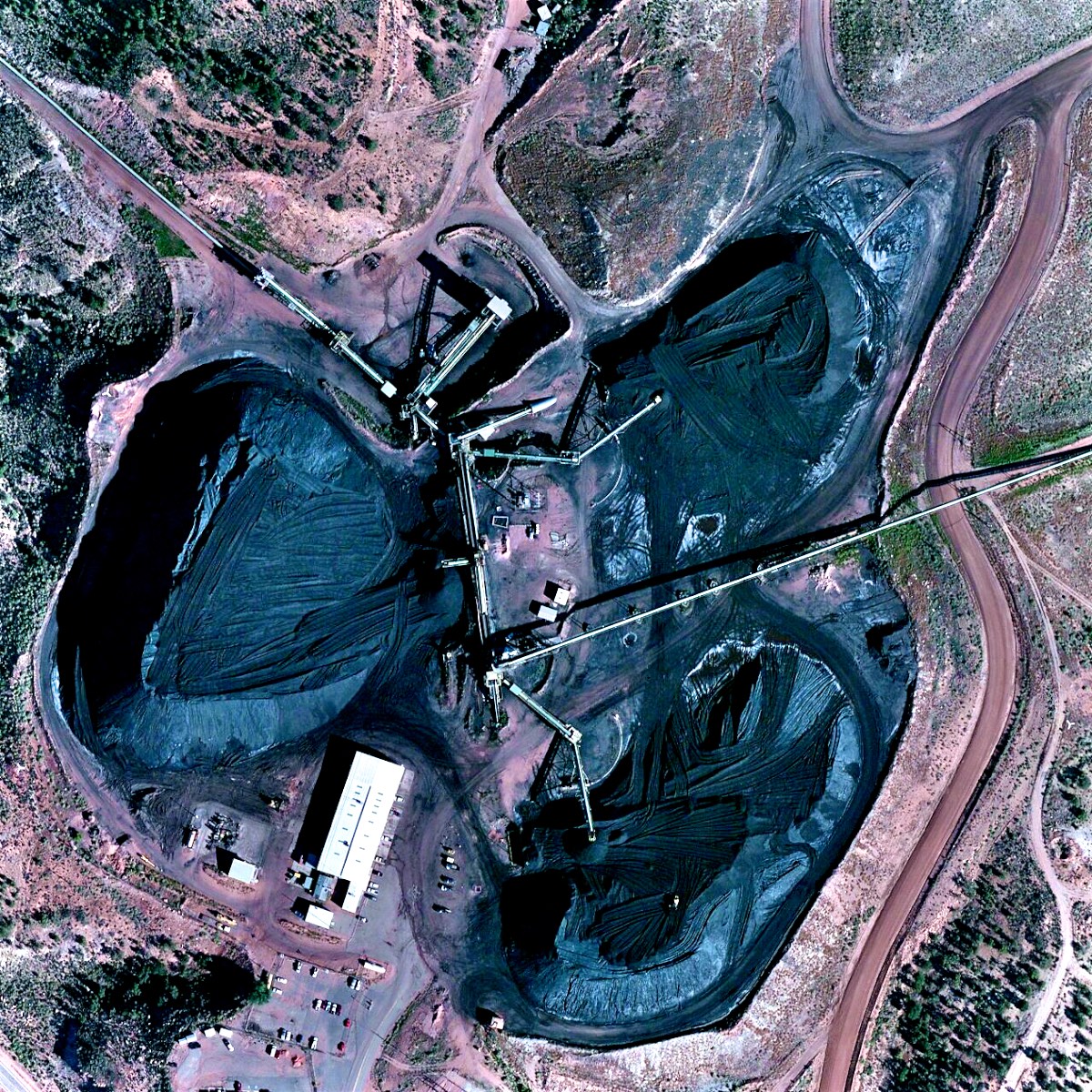
Herding sheep has been the traditional way of living for the Navajo, since The Long Walk Home, and their return to their homelands from the forced 300 mile Long Walk to Fort Sumner New Mexico (1864-1868). Upon their release from their imprisonment –due to popular pressure, not because of the inhumanity of the internment, but because it was revealed that the internment was costing the taxpayer $1M per year, the Navajo were given two sheep per person and sent on their way. They resettled their homelands and eventually grew their herds to 2 million sheep. In the 1930’s the repressive Bureau of Indian Affairs determined that 500,000 was the correct number, in an incredible act of cultural and economic destruction, imposed a mandatory herd reduction. The Navajo refer to this as the Second Long Walk. This technique of economic dis-empowerment was used again by the Bureau of Indian Affairs in it’s removal of the Navajo people from their lands to make way for Peabody Coal and it’s mines.
10,000 Navajo were resettled from their lands to urban and semi-urban areas; their traditional way of life forcibly taken away, and thrown into a job-money-rent way of living for which many were ill-prepared, and which none wanted. The land was stripped of vegetation and strip mined, providing coal that powered the electricity generation, that powered the pumps that brought water to the desert of Central Arizona where agribusiness and real estate developers made billions of dollars from water paid for by the federal tax payer, and mostly, tragically, by the lives and wellbeing of the Navajo and Hopi.
This is the parable of Black Heart.
Imagery: a traditional Navajo homestead on Black Mesa, a Navajo resettlement community in Kayenta Arizona, a ‘reclaimed’ area of the Black Mesa mine